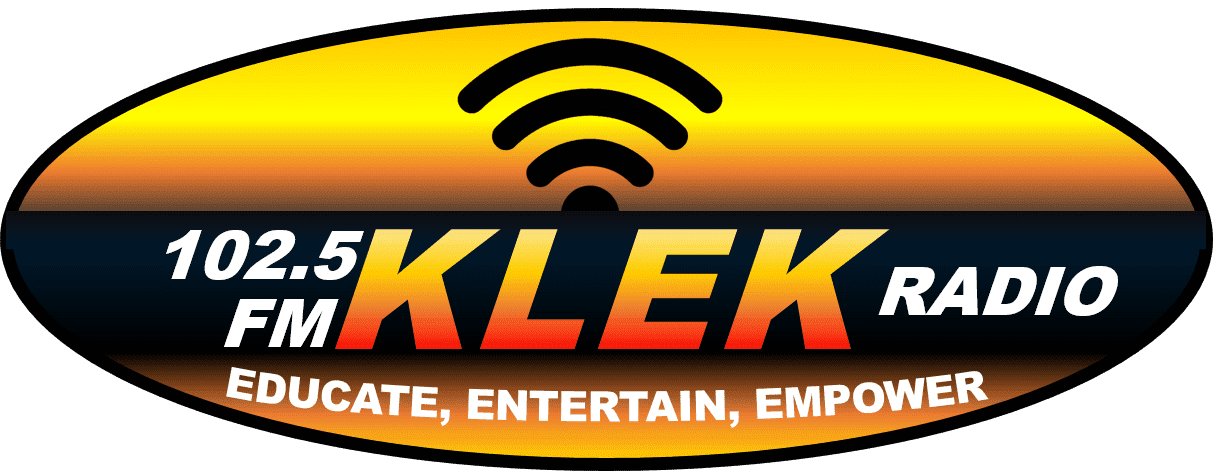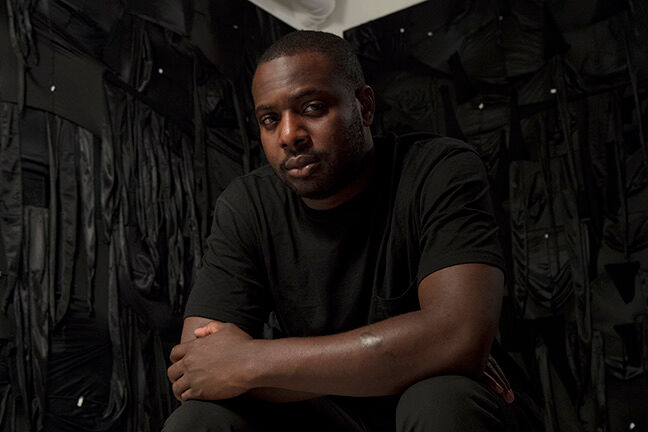[St. Elmo Village, est. 1969. Photo: Elizabeth Daniels, © J. Paul Getty Trust. St. Elmo Village, an artists’ enclave of ten Craftsman bungalows in a colorful garden setting, was founded by artists Roderick and Rozell Sykes as a place where children and adults could explore their creativity.]
Getty and the City of Los Angeles recently announced the Los Angeles African American Historic Places Project, which plans to identify, protect and celebrate African American heritage within the city.
Despite comprehensive efforts over the years to record Los Angeles’ historic places, the city’s historic designation programs, by their own estimation, do not yet reflect the depth and breadth of African American history. Just over three percent of the city’s 1,200 designated local landmarks are linked to African American heritage.
Over the next three years, the project will work with local communities and cultural institutions to more fully recognize and understand African American experiences in Los Angeles. The work aims to identify and help preserve the places that best represent these stories and work with communities to develop creative approaches that meet their own aims for placemaking, identity, and empowerment.

The project is led by the Getty Conservation Institute and the Office of Historic Resources (OHR) within Los Angeles’ Department of City Planning, which is responsible for the management of historic resources within the city. A community engagement program will create a space for meaningful input and local partnerships, drawing upon community-based knowledge of lesser-known histories.
“Historic preservation is about the acknowledgment and elevation of places and stories. The point of this work is to make sure that the stories and places of African Americans in Los Angeles are more present and complete than previously,” says Tim Whalen, John E. and Louise Bryson Director at the Getty Conservation Institute. “The work is also about making sure that preservation methods are examined for systemic bias. It’s ultimately about equity.”
Before embarking on this project, Getty and the city convened a virtual roundtable composed of a group of national and local thought leaders with experience in urban planning, historic preservation, African American history, and/or grassroots and community organizing.
Their discussions of diversity and inclusion in preservation policy helped shape the initiative and its goals. In particular, their input shed light on existing processes and practices that perpetuate biases in how places are recognized and protected, and helped expose current preservation policies that prevent the conservation of places of importance to Black communities.
“This project will illuminate overlooked narratives and historic places important to Los Angeles and our nation that deserve protection and recognition,” says Brent Leggs, executive director of the African American Cultural Heritage Action Fund at the National Trust for Historic Preservation and a member of the project’s initial thought leader round table meeting.
“Through public and private partnership, the Getty and City of Los Angeles can model broader reform in the U.S. preservation field and can work proactively at the local government and city levels to grow pathways for equitable interpretation and community-driven preservation.”
This project will include research to rethink and potentially expand the heritage preservation toolkit. This involves examining how current historic preservation and planning processes and policies may be reinforcing systemic racism. It will also work to bring new and improved processes that address injustices and bring greater inclusion and diversity to historic preservation practices.

The initial phase of this project will also provide a framework for identifying and evaluating properties relating to African American history in Los Angeles. In 2018 OHR completed a framework for identifying African American heritage in the city, drawing upon nine themes that included civil rights, deed restriction and segregation, religion and spirituality, social clubs and organizations, and visual arts. The project will include deeper citywide community engagement around this framework and allow for the report’s potential expansion.
“As the largest planning department in the United States, City Planning is uniquely positioned to chart a course for a more fair, equitable, and just Los Angeles for future generations, in part, through cultural heritage and education,” says Vince Bertoni, director of planning for the City of Los Angeles. “We are excited to highlight this broader range of values and history that better represents our diverse city.”
In addition to rethinking the preservation toolkit, the project will include official historic designation of a number of African American historic places by the city. The work of the project will also extend beyond traditional preservation tools to address the development of broader cultural preservation strategies with selected historically Black communities.
The project will also provide opportunities for emerging history, preservation and planning professionals through dedicated paid internships. Additionally, Getty and OHR will soon launch a search for a consultant project leader to further develop, manage, and implement the work of this project, under the guidance of a soon-to-be-established local advisory committee representing key stakeholders in the city’s African American communities.
“The history of Los Angeles is incomplete without recognition of the African American individuals and institutions that shaped the economic, cultural and civic narrative of the region,” says Susan D. Anderson, history curator and program manager at the California African American Museum in Los Angeles and a member of the project’s initial thought leader round table meeting. “This important project will expand how heritage is defined and will provide an opportunity to work with local communities and residents to unearth stories that are vital to our understanding of the place we call home.”
The City of Los Angeles and the Getty Conservation Institute have worked together for nearly two decades on local heritage projects. Their joint efforts include SurveyLA, a citywide survey of historic places that was conducted from 2010 through 2017. SurveyLA covered the entire City of Los Angeles—over 880,000 legal parcels in an area of almost 500 square miles—and identified resources dating from approximately 1865 to 1980. The data from SurveyLA was used to create HistoricPlacesLA, a website launched in 2015 that allows the public to explore these places.

The announcement follows the Getty Research Institute and the USC School of Architecture’s recent joint acquisition of the archives of Paul R. Williams, one of the most significant African American architects of the 20th century. Several Williams buildings are already designated historic landmarks in Los Angeles, including the 28th Street YMCA and Golden State Mutual Life Insurance Company.
The new initiative also builds upon the work of City Planning, in establishing the Office of Racial Justice, Equity, and Transformative Planning in 2020 in response to Mayor Eric Garcetti’s Executive Order No. 27 on Racial Equity in City Government. Through the office, City Planning is comprehensively confronting how land use policies and zoning practices have reinforced racial segregation, environmental injustice, and poor health outcomes.
Original article source: https://goodblacknews.org/2021/04/07/office-of-historic-resources-and-getty-conservation-institute-in-los-angeles-announce-project-to-identify-and-protect-african-american-historic-places-in-city/ | Article may or may not reflect the views of KLEK 102.5 FM or The Voice of Arkansas Minority Advocacy Council





Comments